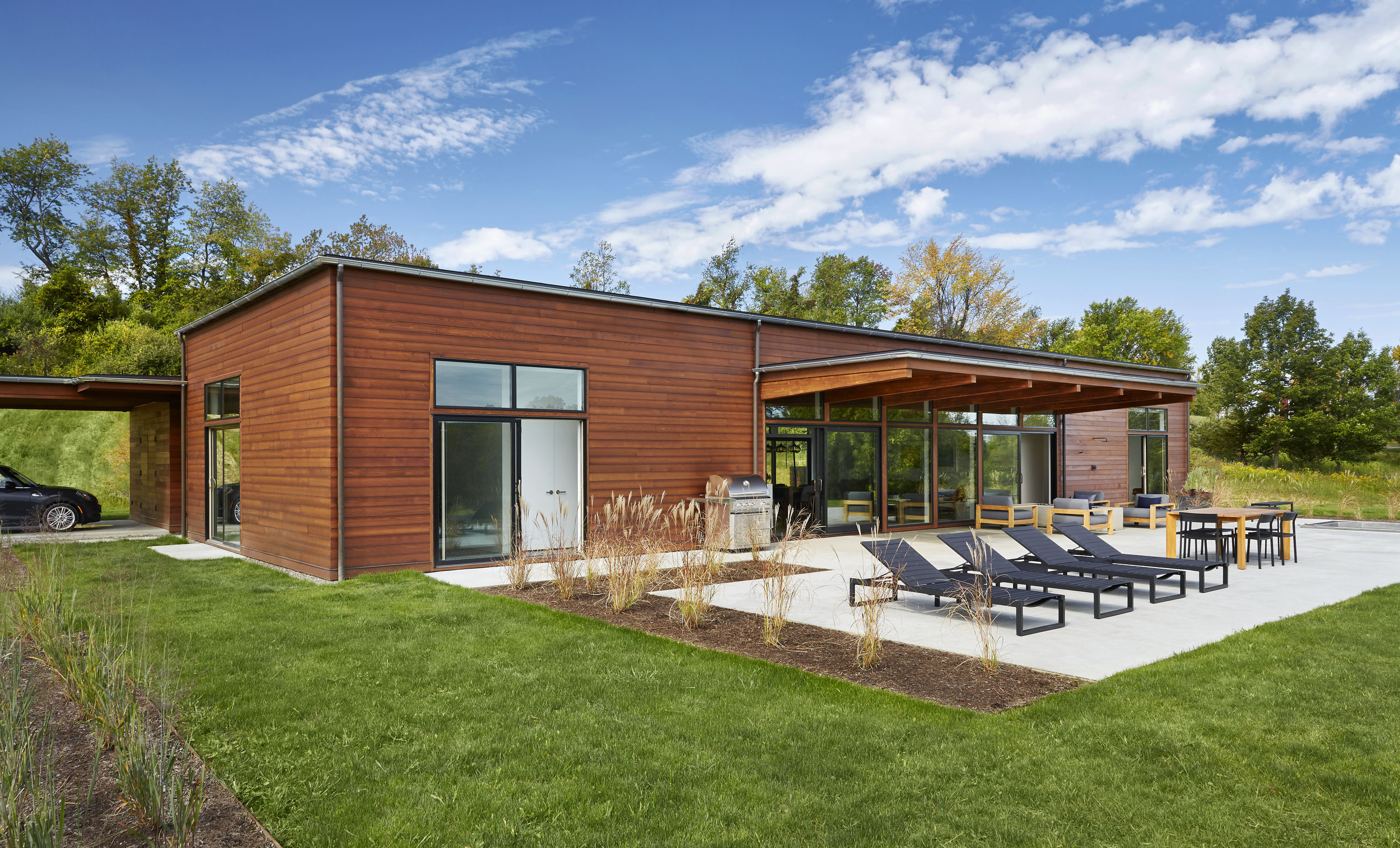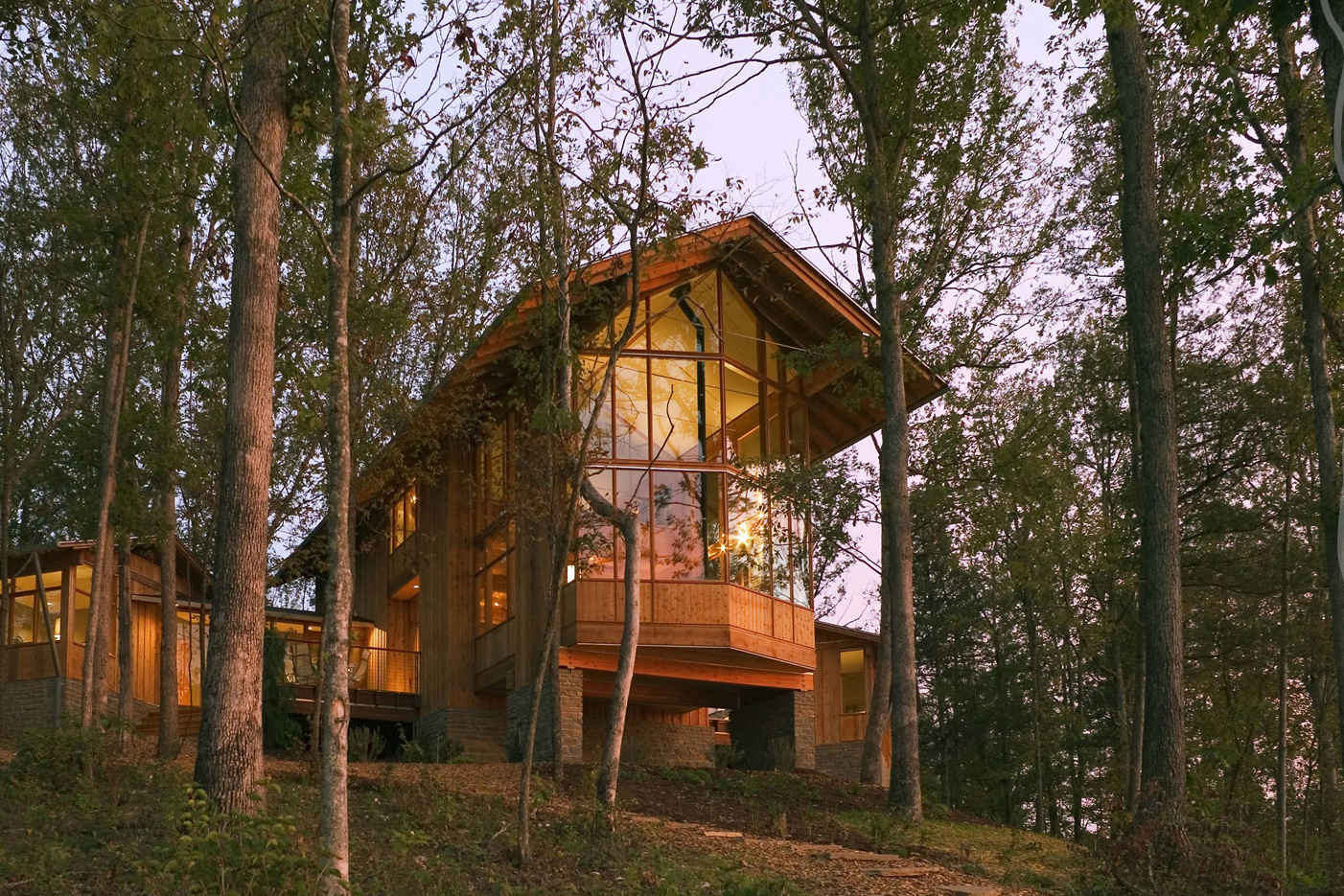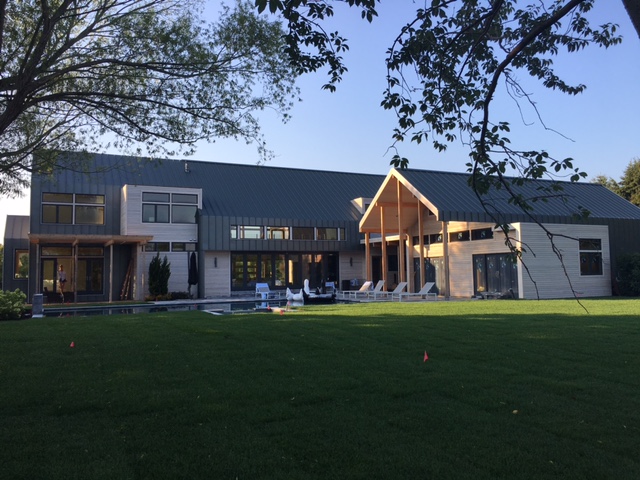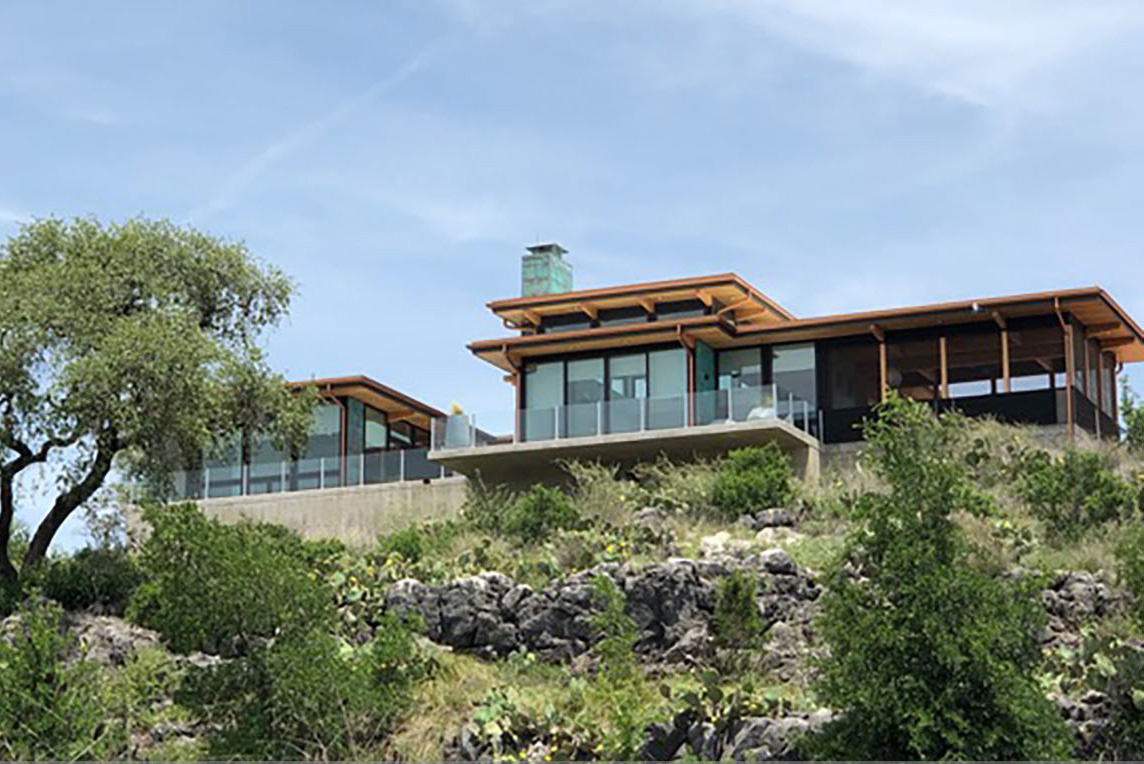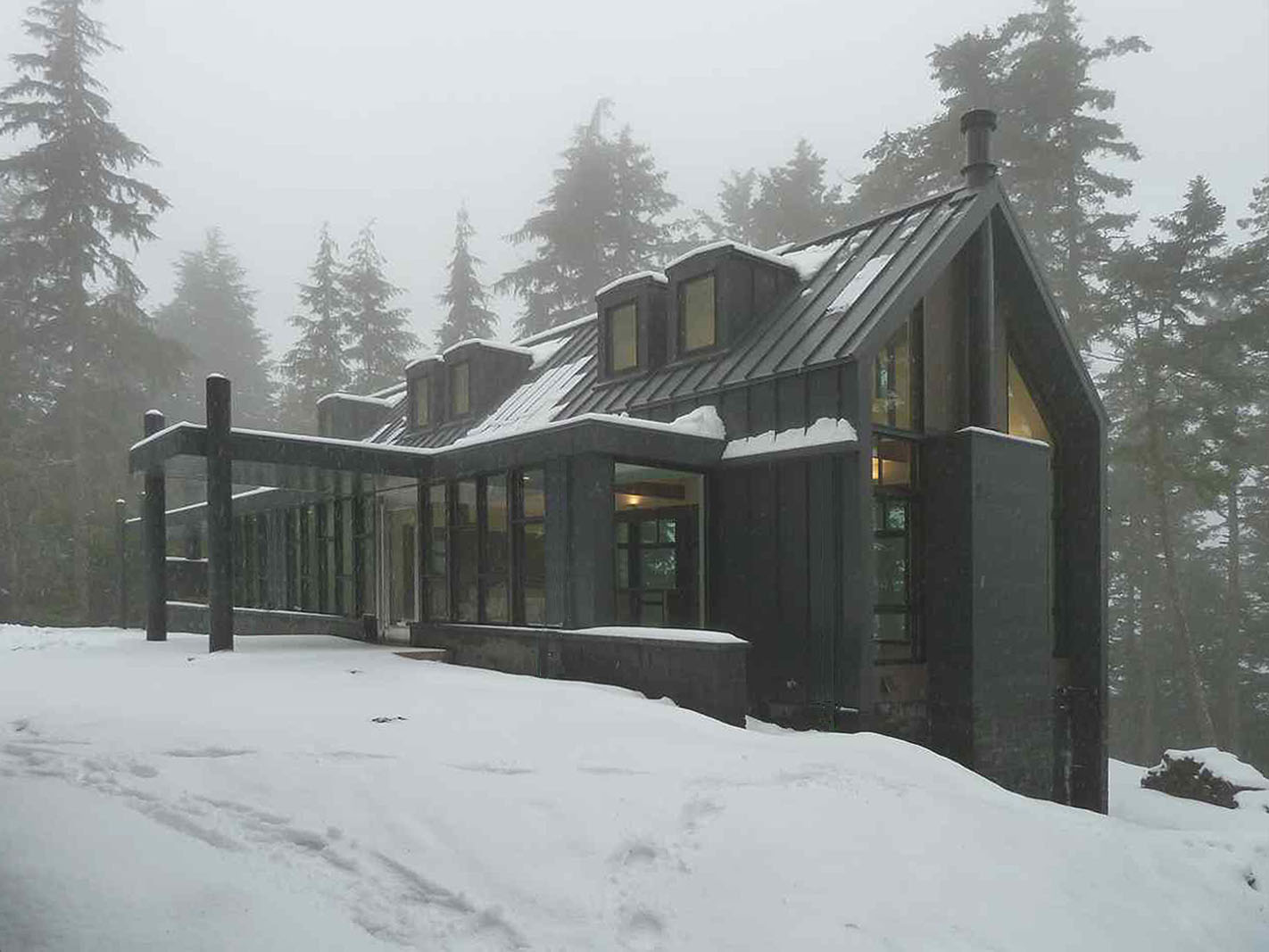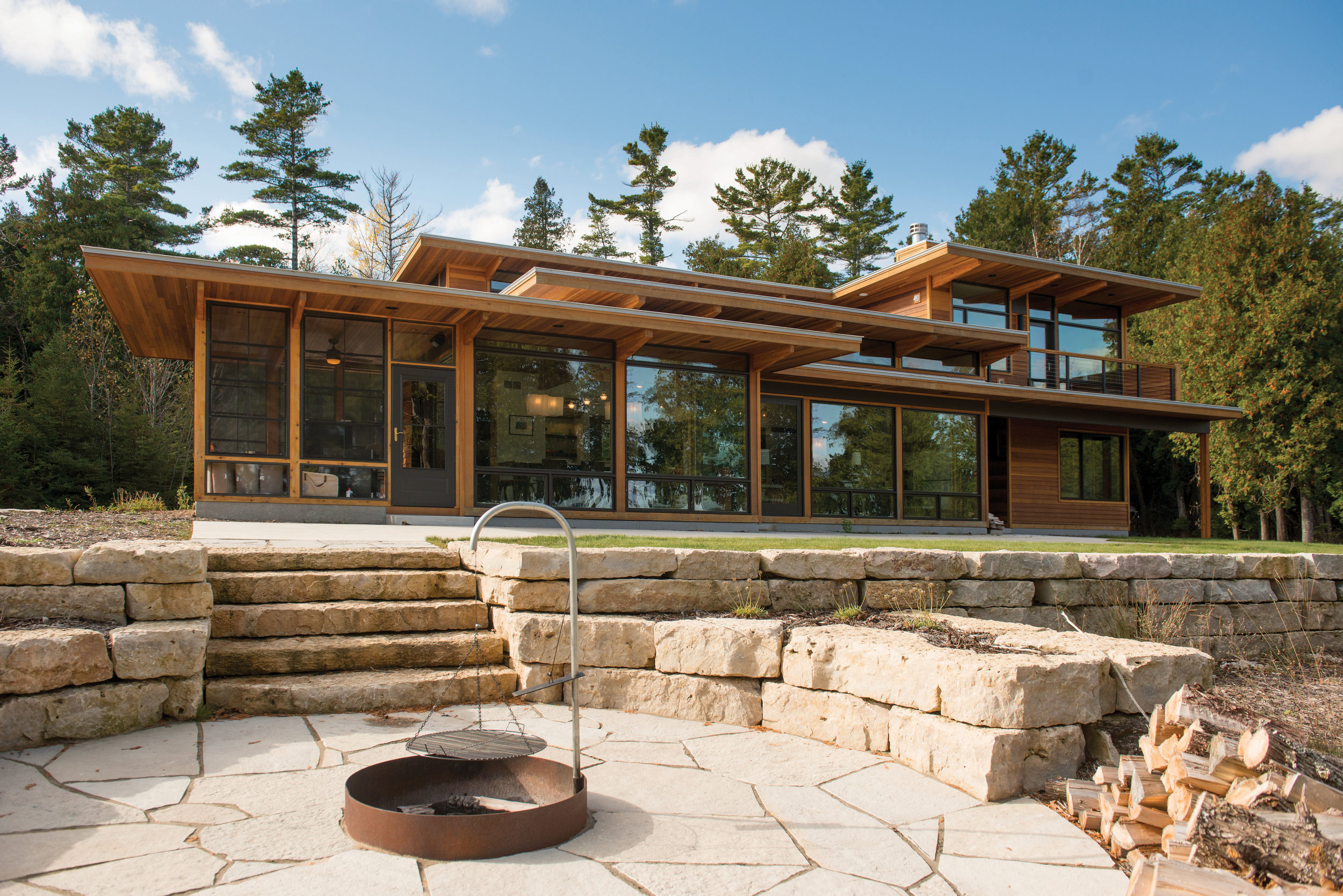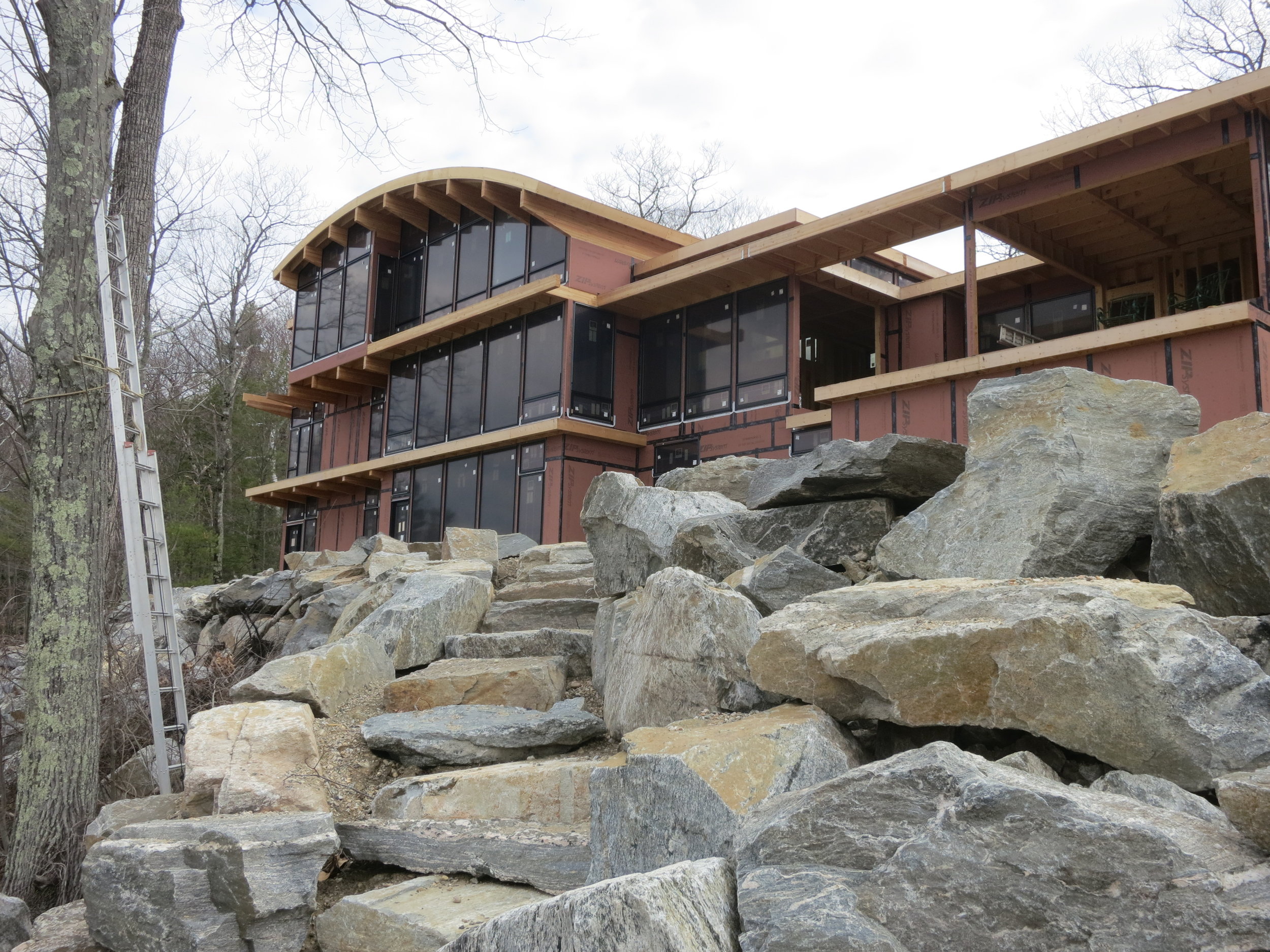I recently received a call from an architectural firm in New York City, inviting me to discuss collaborating on a project they were planning in the Hamptons. Always interested in collaborating with other design professionals, I gladly accepted the invitation.
When I arrived at the firm’s studio in Lower Manhattan, I was seated at a large conference table with the principal, two staff architects, and rolls of drawings, scale models, and material samples – a mountain of work already completed for the project.
I was all ears, but the story I was told was not pretty. As they described the status of the project, a sickening feeling of déjà vu overcame me.
The firm had been working with this client for nearly two years on a sprawling one level home. The design had gone through a number of design iterations.
Recently, the firm worked with a general contractor to estimate the project cost. They were stunned by the $3,500,000 result.
The client’s budget is $2,000,000.
Could the Lindal building system be utilized to reduce the cost significantly? Would I prepare an estimate for just the foundation and weathertight shell built using the Lindal system as a test?
I suspect that they hope unrealistically that Lindal’s material prices alone would reduce if not eliminate their nearly 100% cost overrun.
While Lindal provides its blend of services and material directly to the client at highly competitive prices, I also suspect that my hosts have not considered that refining the design subtly to achieve greater efficiency will be necessary.
Enhanced efficiency translates, in plain English, to reducing the number of unique parts, using parts repetitively, reducing the total quantity of material required and therefore the quantity (read cost) of labor to assemble that material. Moreover, the disciplined use of a system and its time-tested details will reduce drafting, engineering, purchasing, production, and construction time (read cost).
I sketched a few overlays to align the shell with the most efficient Lindal dimensions and drafted a specification from Lindal’s large palette of pre-priced options. With the valuable input of a Lindal pricing manager and a Lindal framer who travels the globe erecting Lindal shells, I completed a shell estimate in five days: $701,000. As a starting point, I am encouraged that the project can be completed on or near the clients’ budget.
The architect’s project manager is pleased with the estimate, but we have “miles to go before we sleep:” In order to succeed, every decision maker in the process–from the client to the architect and builder- needs to embrace the notion that relatively minor changes will be required, “systemizing” the design subtly in order to reduce the cost by forty percent.
This is not to ridicule the architect, who works with different materials and construction methodologies from one project to another. Architectural education rarely includes efficiency, cost, or meeting a budget as criteria of excellence. Some architects suspect that a systems approach to design hampers creativity (it does not). Professionals who prioritize creativity over predictability do a disservice to all but the most affluent clients. Determining cost can wait…. often until it’s too late.
Predictability is a key “component” of the Lindal Elements building system. The system is a well-defined kit of thousands of pre-priced parts. The “standard” parts (including siding, windows, doors, hardware, trim, and railing systems) can be replaced literally in minutes with options at various price levels.
Using the Lindal Elements building system, we create fresh and welcoming custom homes and price the completed build early in planning process, often within a month. That level of predictability is valued highly by clients.
When we do exceed the client's budget, we employ the same systematic predictability to value engineer the design and specifications to reduce the cost and preserve the integrity of the design while still in the formative stages of the design process.
It will be weeks before I know the fate of this project and whether the client receives any benefit from the two years and six figure architectural fees already expended. In contrast, the slide show below offers you a glimpse of the many successful Elements design collaborations created by the Lindal design staff and independent design professionals. The possibilities are unlimited!


